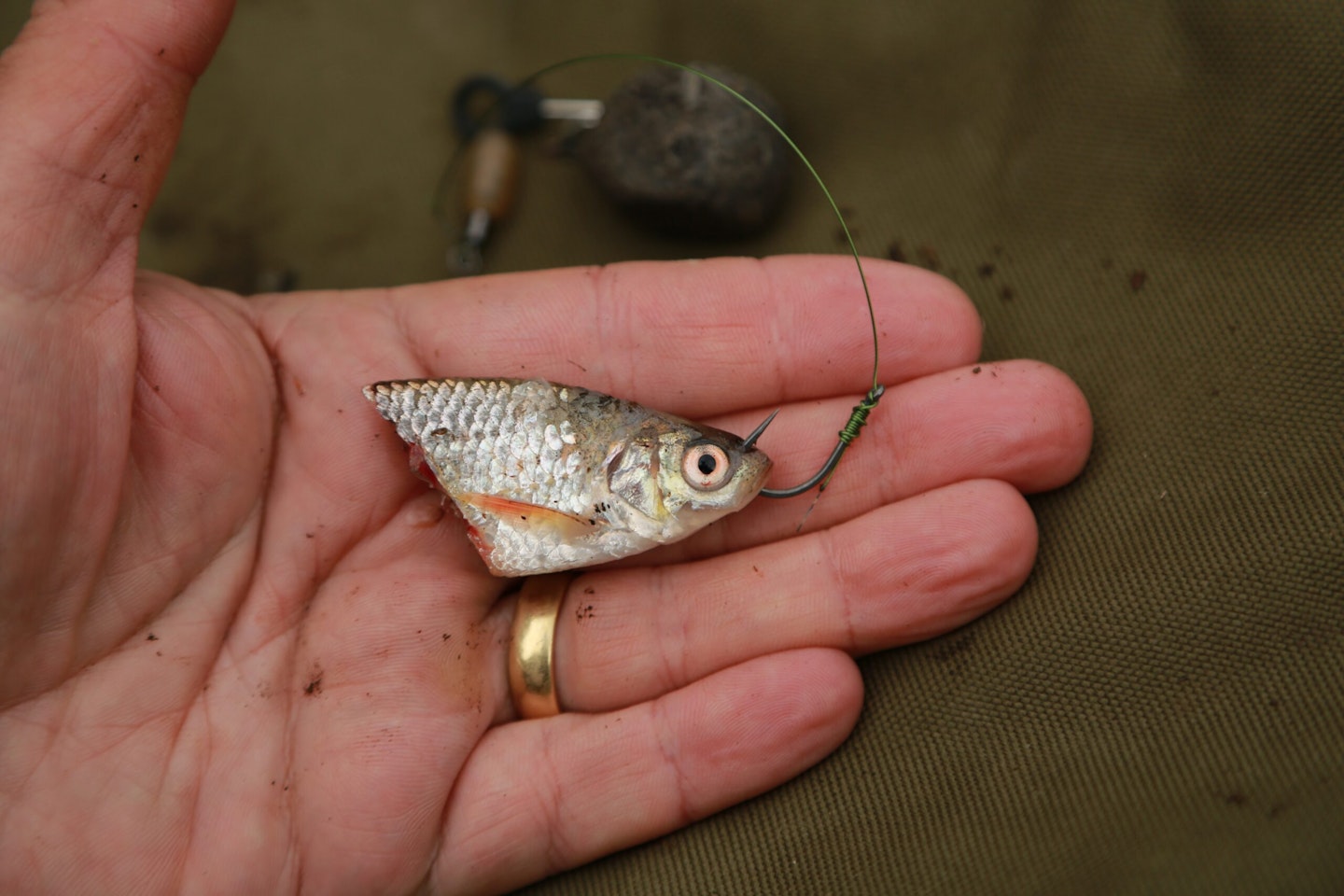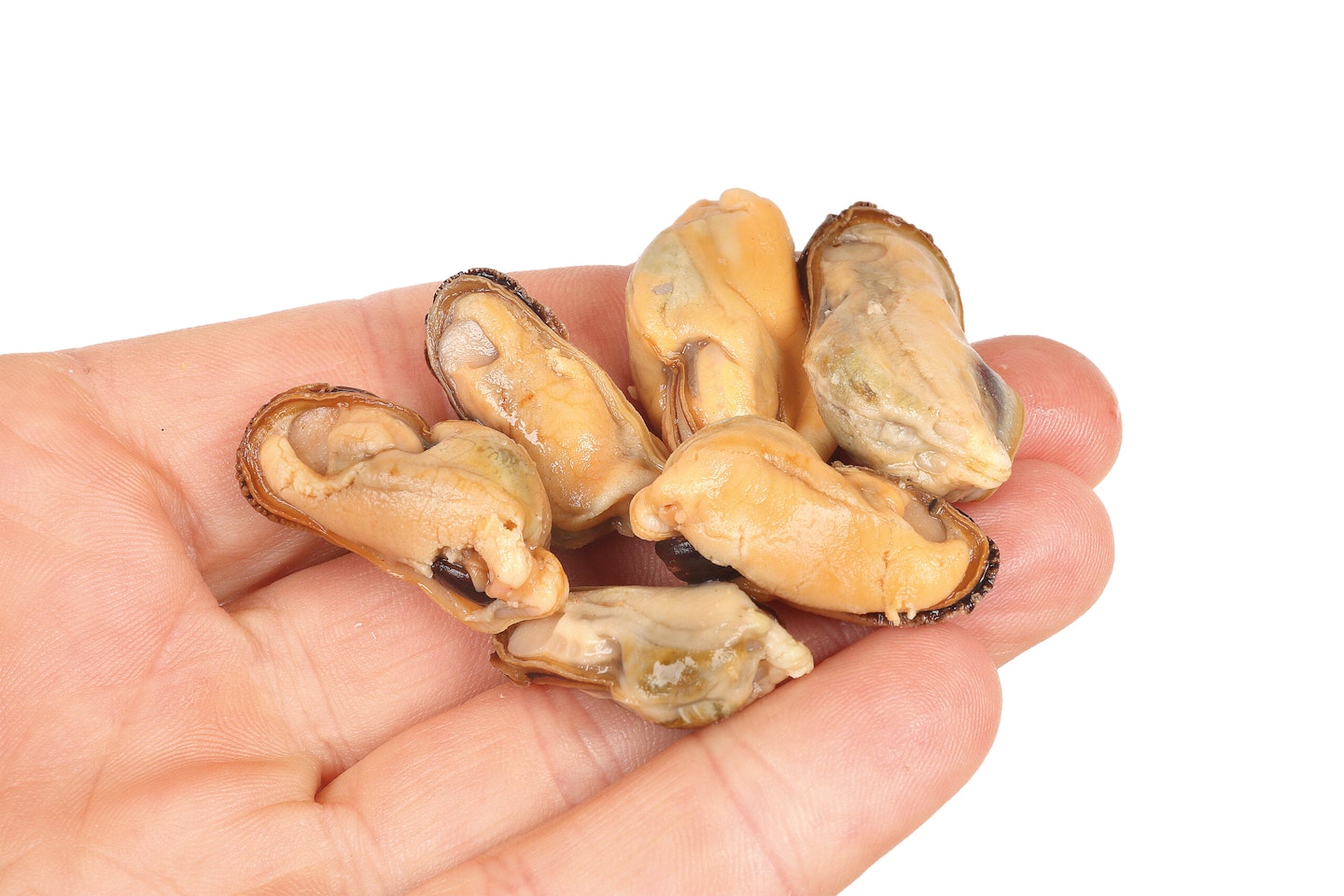Eels aren’t every angler’s favourite, but they are one of the few fish in our waters that still hold a genuine sense of mystery. Not only that, but when they reach specimen sizes, they can be incredibly old, rare, and difficult to tempt, with many anglers agreeing that a big eel is one of the most impressive fish you can catch in freshwater.
Once you’ve found a venue that holds eels, the next challenge is figuring out what they’re willing to eat. Although eels are scavengers, they can be surprisingly selective about what they’ll pick up, so it always pays to take a variety of baits until you discover the winning formula at your chosen venue.

Worms
As with many other coarse species, worms are a favourite among eel anglers. The amino acids, natural juices, and movement make them incredibly hard for eels to resist. Anything from a single lobworm to a big bunch of dendrobaenas can be highly effective for eels of all sizes. One thing worth noting, if your venue holds a lot of smaller eels, worms aren’t particularly selective, which can result in a steady stream of smaller fish on the bank but they will often produce fish when others are struggling.
IF YOU ARE NEW TO EEL FISHING, THIS RIG IS PERFECT FOR CATCHING AND RELEASING EELS SAFELY!

Fish baits
Fish baits are highly effective for eels, particularly on waters with a population of smaller eels when you're aiming to target the larger specimens among them. Species like roach, rudd, trout or sprats are among the most effective and if you can buy fresh frozen or catch fish at the lake to use as bait, that will stand you in good stead, as usually fresh is best when eels are the target.
You will rarely need the full bait, as generally, the head or a chunk of a small fish is all that is required, and by cutting the fish in half, you are helping to release the juices into the water column. You can live bait for eels with smaller fish (2-4inches), but I haven't found any difference in pick up rates and generally prefer fresh deadbaits.
EELS CAN BE NOCTURNAL FEEDERS, THE BEST BEDCHAIRS WILL ENSURE YOU STAY COMFORTABLE ON THE BANK!

Pellets
Pellets can make fantastic bait for eels, especially on carp venues where the fish are used to seeing them regularly. In fact, pellets are so effective that the British record eel was actually caught using them. Most varieties work well, but the slightly more oily ones, such as halibut and trout pellets, tend to perform even better, and they stay intact longer when your rigs are in the water for extended periods. Of course, using pellets also means you're likely to catch a fair number of carp and bream, so it can sometimes be a case of wading through them if the venue is particularly prolific.
IF YOU WANT TO READ HOW THE BRITISH RECORD EEL WAS CAUGHT, CHECK OUT THIS ARTICLE.

Maggots
Maggots are a staple in most coarse anglers’ armoury, and they should definitely be included in your eel fishing approach. A big bunch of maggots can be devastatingly effective for eels, though they often attract plenty of other species too. Personally, I like to include both dead and live maggots in my spod mix or feeder when targeting eels, as not only do they attract eels, but they also draw in other fish, and I believe the resulting activity encourages eels to investigate. Red maggots tend to work best, and you’ll generally only need a couple of pints for a session.
YOU WILL NEED ONE OF THE BEST LANDING NETS TO STOP EELS ESCAPING ONCE NETTED!

Other baits to try
There are a few weird and wonderful baits that are worth trying when eel fishing. Baits like mussels and prawns can be excellent, with eels often willing to take boilies as well. Meat baits such as Peperami and luncheon meat also make great alternatives, thanks to their strong, pungent smells, particularly on commercial fisheries. However, the effectiveness of any bait will depend on what other species are present in the lake, as fish like carp, perch, and bream are also especially fond of these offerings.
A SET OF THE BEST SPECIMEN RODS WILL HELP YOU TARGET EELS EFFECTIVELY.

